Most people grow into allergy, not out of it. Allergies can have a big impact on daily activities to many people like feeling constantly fatigued, irritable, or just not feeling well. People with allergies often have difficulty in concentrating, which can affect performance of work or school. When people are allergic, their immune system releases a chemical substance inside their body called histamine. Once histamine is released, it attaches to histamine receptors, and it is this interaction that triggers allergy symptoms. The antihistamine blocks histamine from attaching to the histamine receptors. This is how antihistamines work to relieve allergy symptoms.
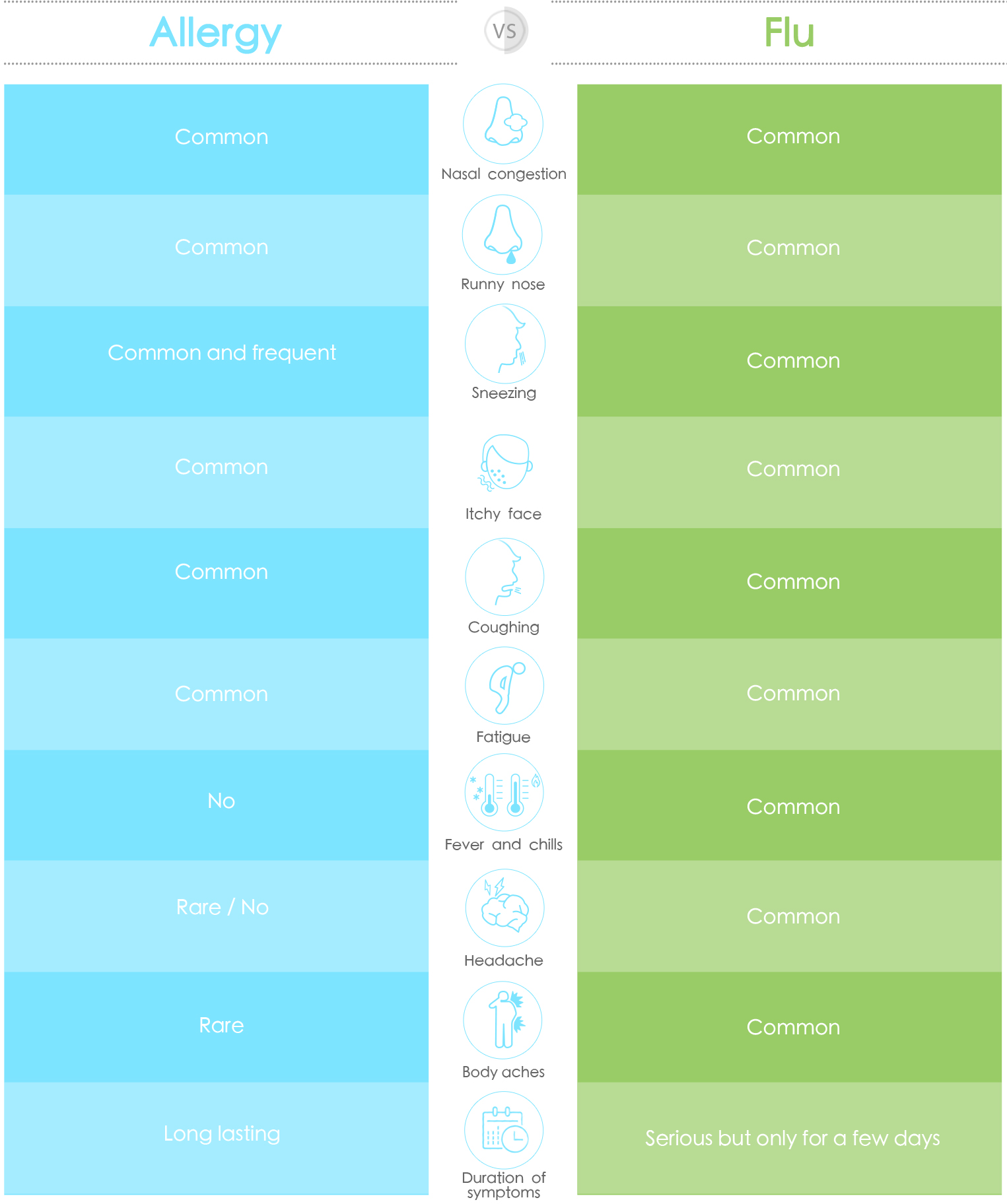

Detail
Detail
Tips for Better Allergy Relief
- It would be more effective if antihistamines are taken before the onset of allergy symptom.
- If symptoms start normally early in the morning, it’s better to take antihistamine at bedtime.
- It would be better to take antihistamines on a regular schedule. Each of us should aware of our own condition and takes medicine according to our need.
Some symptoms of allergies are similar to that of flu, such as sneezing, nasal congestion, running nose and the like. Many people, therefore, wrongly think that it is a flu instead of allergies. If it is flu, there are symptoms like headache, muscle pains and fever but they usually go away in a few days. However, the symptoms of allergies will probably continue under certain specific conditions.
Reduce Mold
Properly Ventilated
Reduce Dust
Keep Bathroom Clean
Cleaning your pet
Use low pile rugs
Keep your pet away from furniture
Clean pillow cases and sheets
Clean out the clutter
Choose anti-allergy sheets and pillow cases

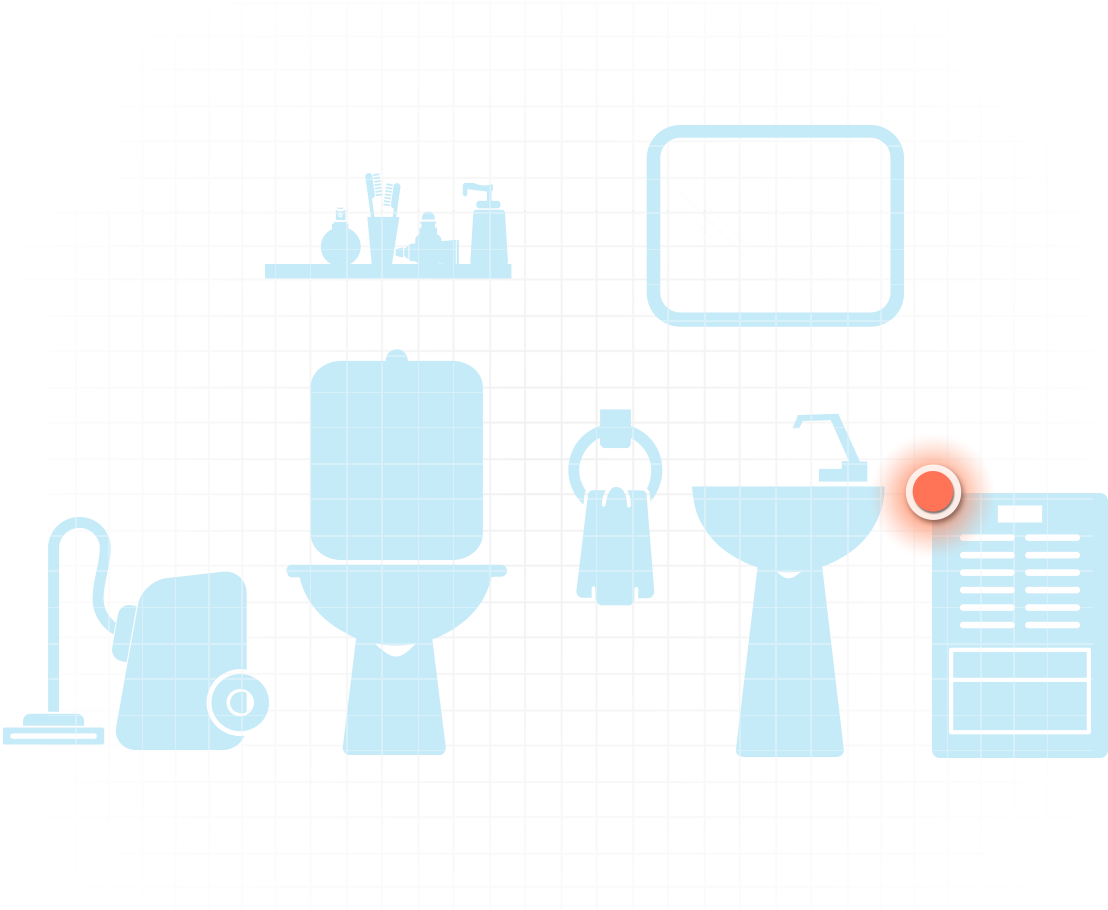

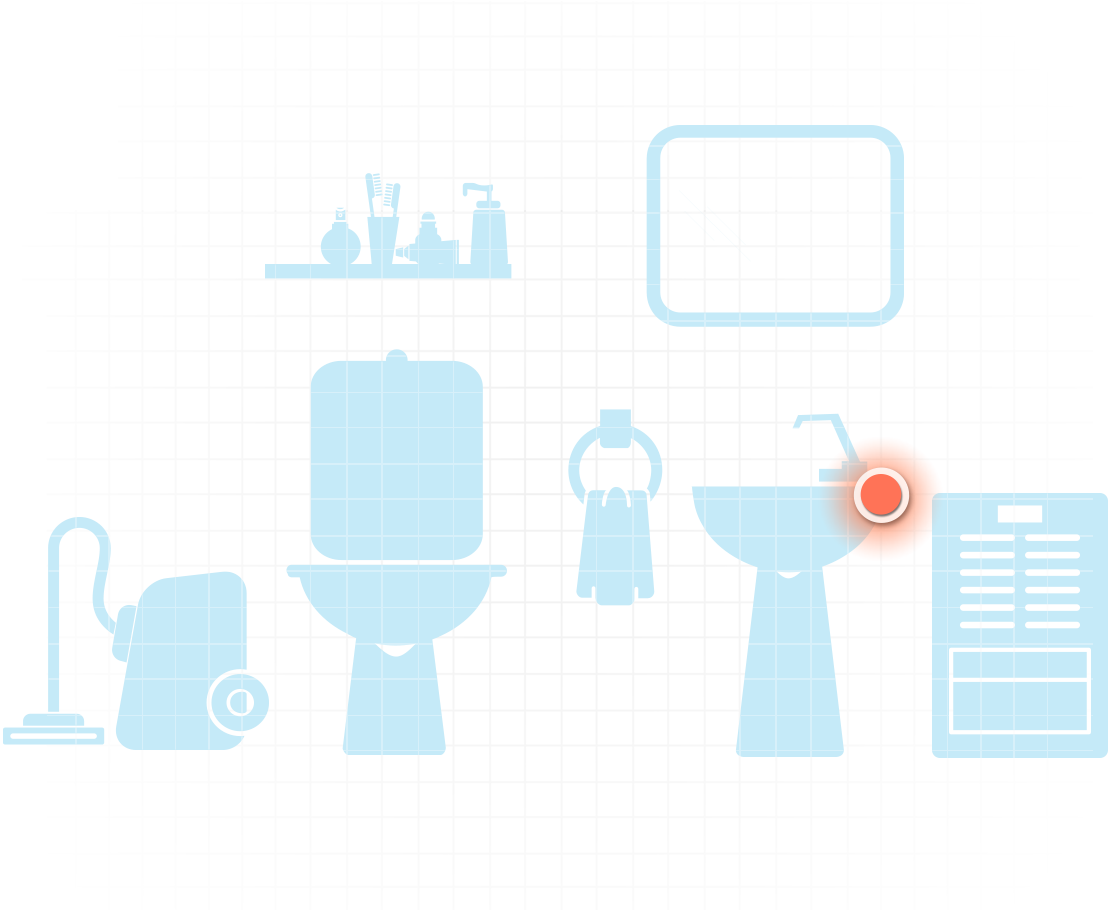
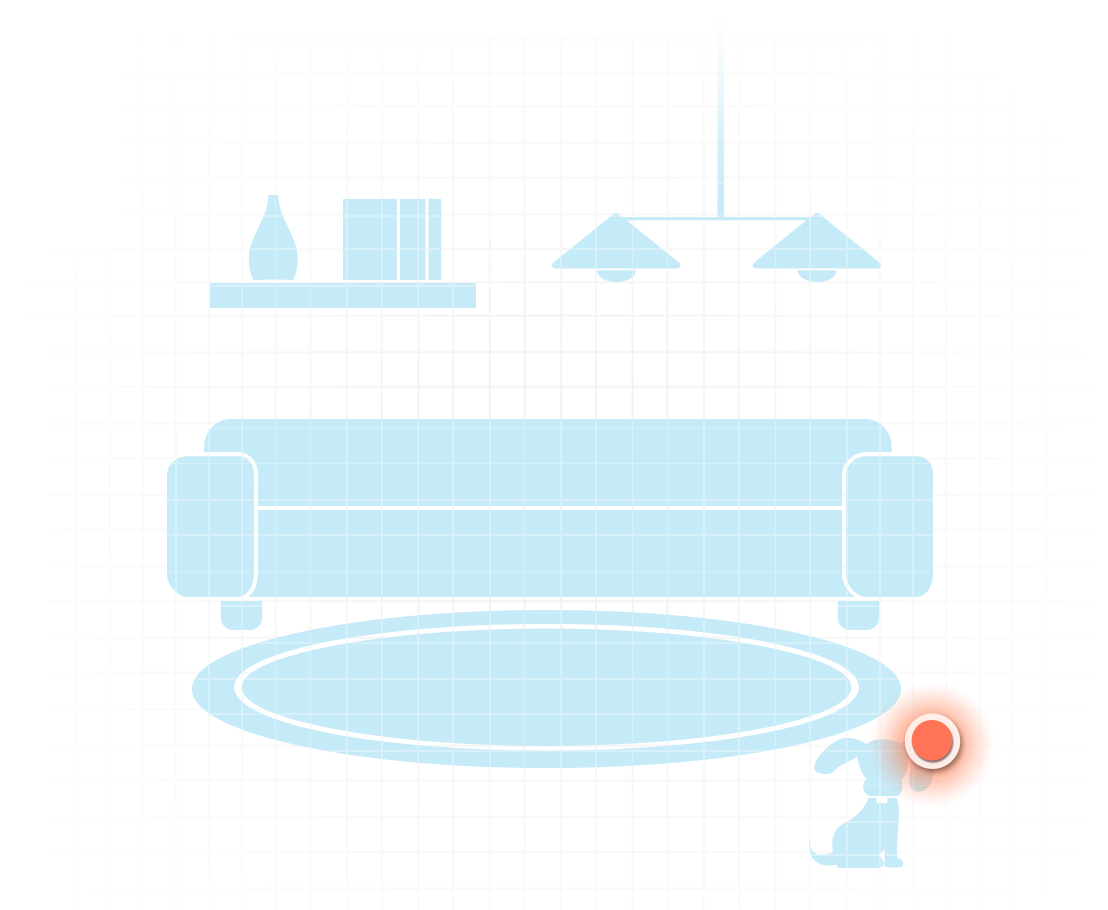
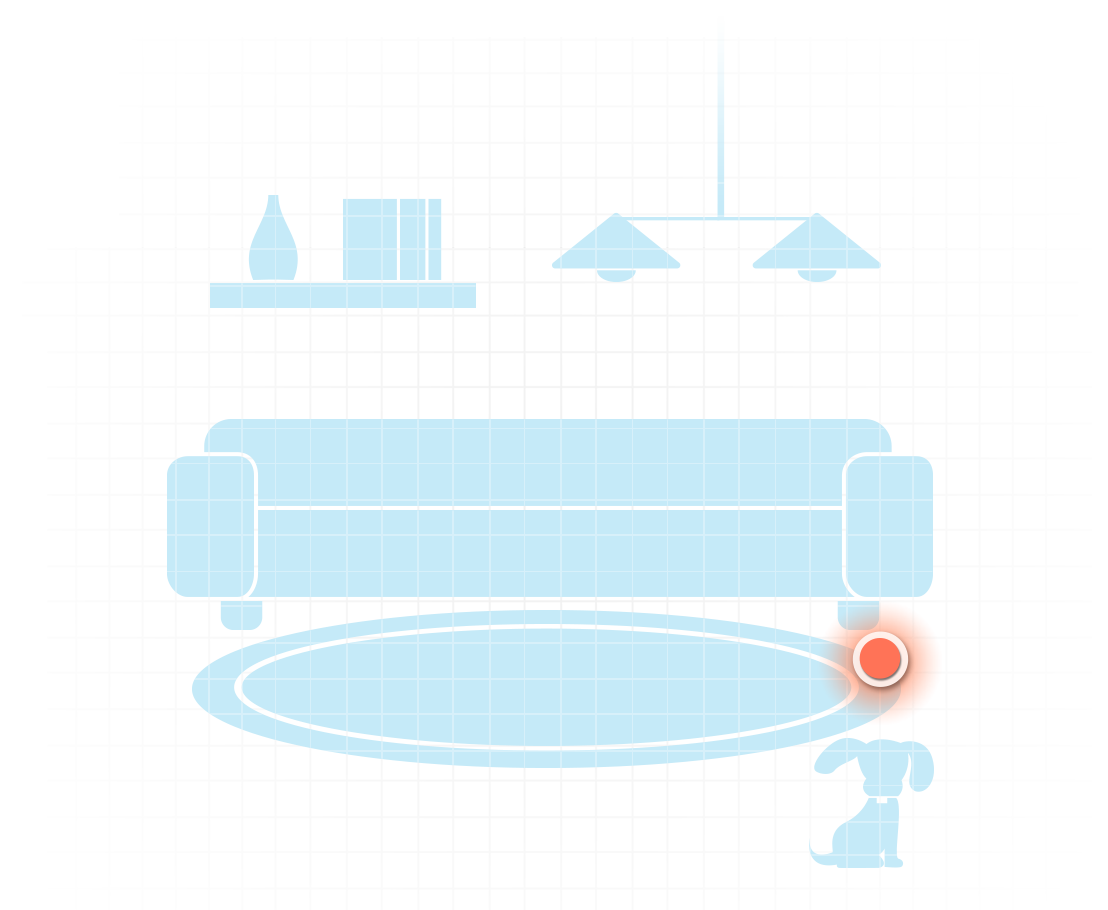


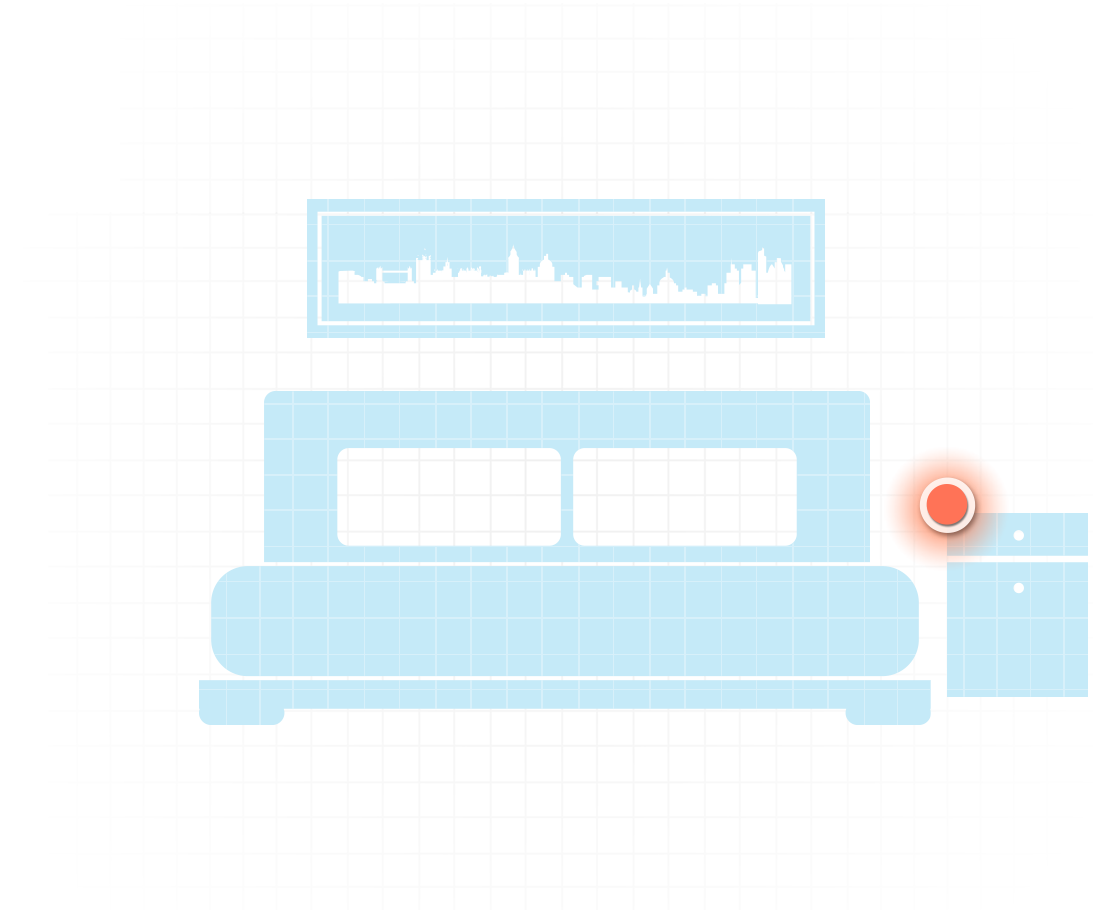
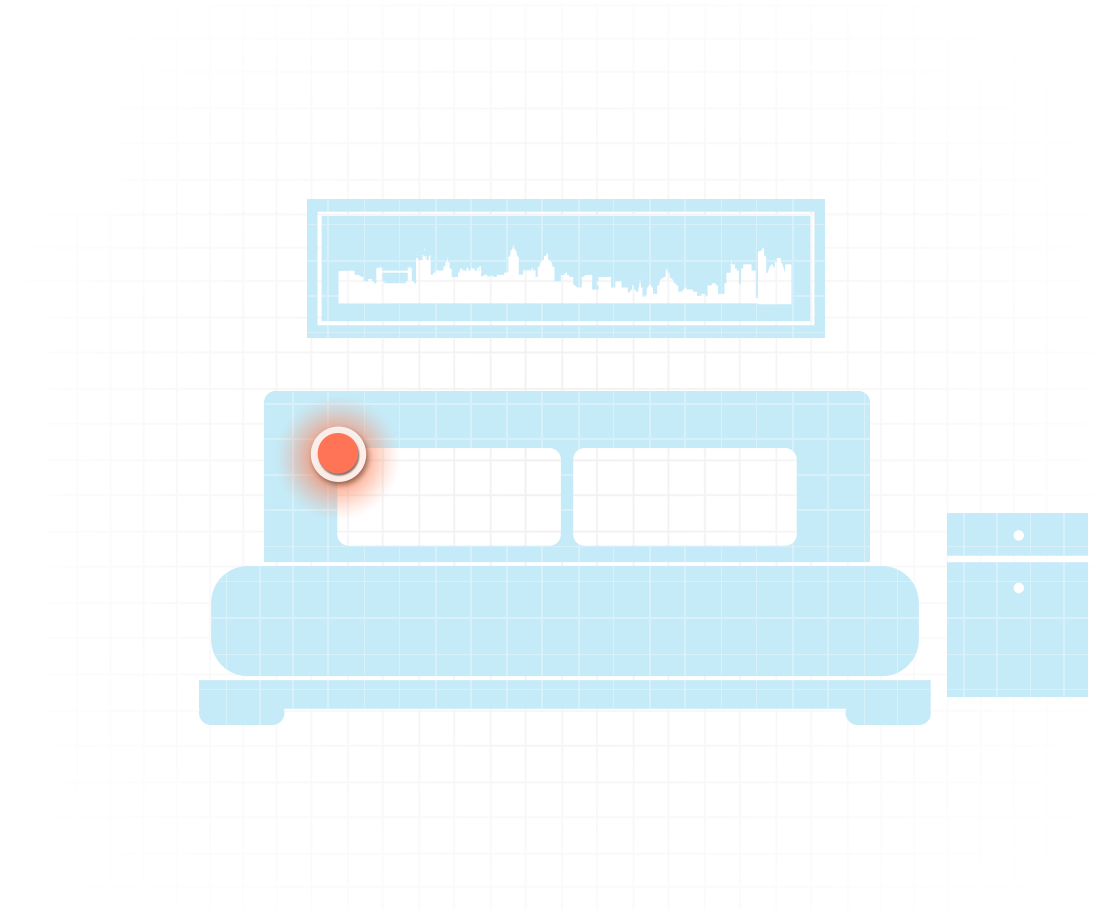
Reduce Mold
Properly Ventilated
Reduce Dust
Keep Bathroom Clean
Cleaning your pet
Use low pile rugs
Keep your pet away from furniture
Clean pillow cases and sheets
Clean out the clutter
Choose anti-allergy sheets and pillow cases
Detail
Detail
Mold
Mold spores found everywhere and grow fast in damp areas.
- The key to reduce mold is to keep home clean and dry. Bathrooms, shower stalls, house plants are key areas that attract mold and aid in reproduction.
- Make sure the rooms are properly ventilated and use dehumidifier to keep humidity in low level.
Mold
Mold spores found everywhere and grow fast in damp areas.
- The key to reduce mold is to keep home clean and dry. Bathrooms, shower stalls, house plants are key areas that attract mold and aid in reproduction.
- Make sure the rooms are properly ventilated and use dehumidifier to keep humidity in low level.
Mold
Mold spores found everywhere and grow fast in damp areas.
- The key to reduce mold is to keep home clean and dry. Bathrooms, shower stalls, house plants are key areas that attract mold and aid in reproduction.
- Make sure the rooms are properly ventilated and use dehumidifier to keep humidity in low level.
Mold
Mold spores found everywhere and grow fast in damp areas.
- The key to reduce mold is to keep home clean and dry. Bathrooms, shower stalls, house plants are key areas that attract mold and aid in reproduction.
- Make sure the rooms are properly ventilated and use dehumidifier to keep humidity in low level.
Though many people may think, fur is not the main cause of allergy. Animal dander (dead skin flakes) floating in the air is the main source of pet allergies. Allergen-causing proteins found in the saliva that sticks to pets fur when it cleans itself. Pet allergens can remain in the carpet and furniture, and can linger in the air for six months.
- Bathe pets frequently to wash away trigger proteins, dander and pollen that stick to their fur
- Choose low-pile carpets and clean them regularly
- Keep pets off upholstered furniture and carpets, and out of the bedroom
Though many people may think, fur is not the main cause of allergy. Animal dander (dead skin flakes) floating in the air is the main source of pet allergies. Allergen-causing proteins found in the saliva that sticks to pets fur when it cleans itself. Pet allergens can remain in the carpet and furniture, and can linger in the air for six months.
- Bathe pets frequently to wash away trigger proteins, dander and pollen that stick to their fur
- Choose low-pile carpets and clean them regularly
- Keep pets off upholstered furniture and carpets, and out of the bedroom
Though many people may think, fur is not the main cause of allergy. Animal dander (dead skin flakes) floating in the air is the main source of pet allergies. Allergen-causing proteins found in the saliva that sticks to pets fur when it cleans itself. Pet allergens can remain in the carpet and furniture, and can linger in the air for six months.
- Bathe pets frequently to wash away trigger proteins, dander and pollen that stick to their fur
- Choose low-pile carpets and clean them regularly
- Keep pets off upholstered furniture and carpets, and out of the bedroom
Dust Mite
Dust Mites are perhaps the most common cause of allergies. They thrive in mattresses, bedding, upholstered furniture, carpeting and any other household fabrics, such as curtains and drapes.
- Wash sheets and blankets regularly in hot water
- Reduce clutter and dust with a damp cloth each week
- Use synthetic mattress pads and pillows
- Use zippered dust-proof covers on mattresses and pillows
Dust Mite
Dust Mites are perhaps the most common cause of allergies. They thrive in mattresses, bedding, upholstered furniture, carpeting and any other household fabrics, such as curtains and drapes.
- Wash sheets and blankets regularly in hot water
- Reduce clutter and dust with a damp cloth each week
- Use synthetic mattress pads and pillows
- Use zippered dust-proof covers on mattresses and pillows
Dust Mite
Dust Mites are perhaps the most common cause of allergies. They thrive in mattresses, bedding, upholstered furniture, carpeting and any other household fabrics, such as curtains and drapes.
- Wash sheets and blankets regularly in hot water
- Reduce clutter and dust with a damp cloth each week
- Use synthetic mattress pads and pillows
- Use zippered dust-proof covers on mattresses and pillows


